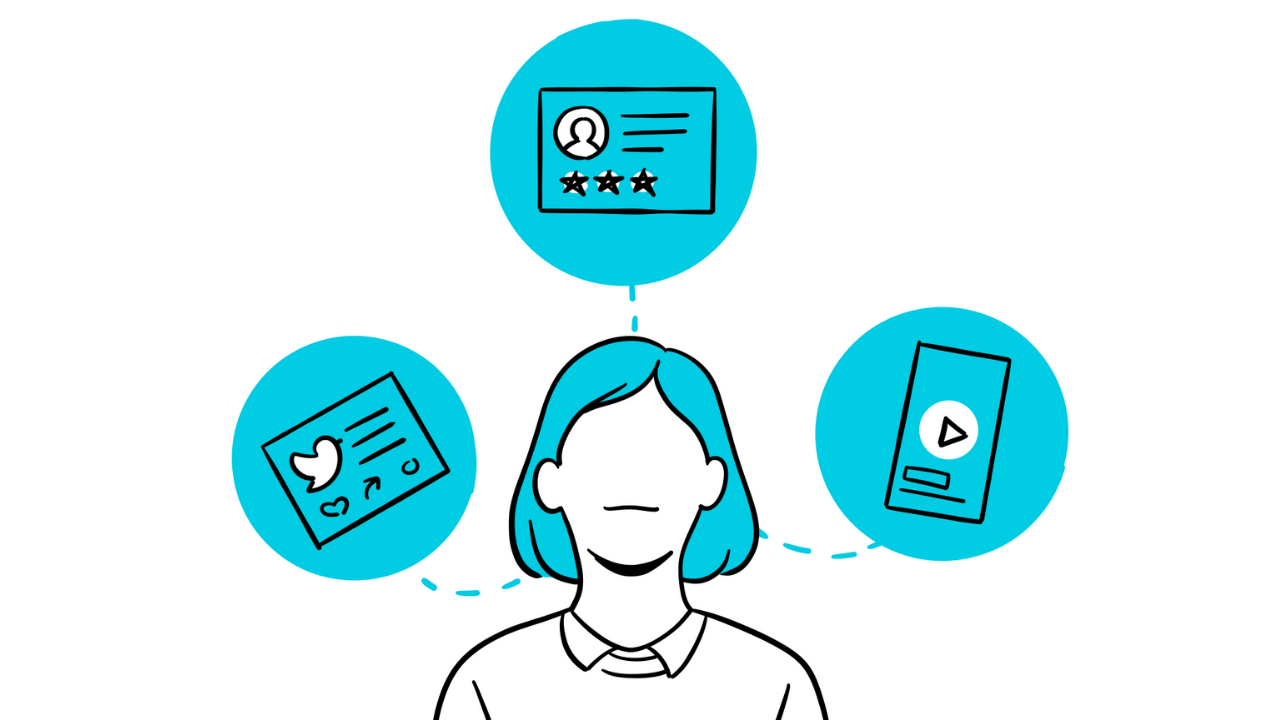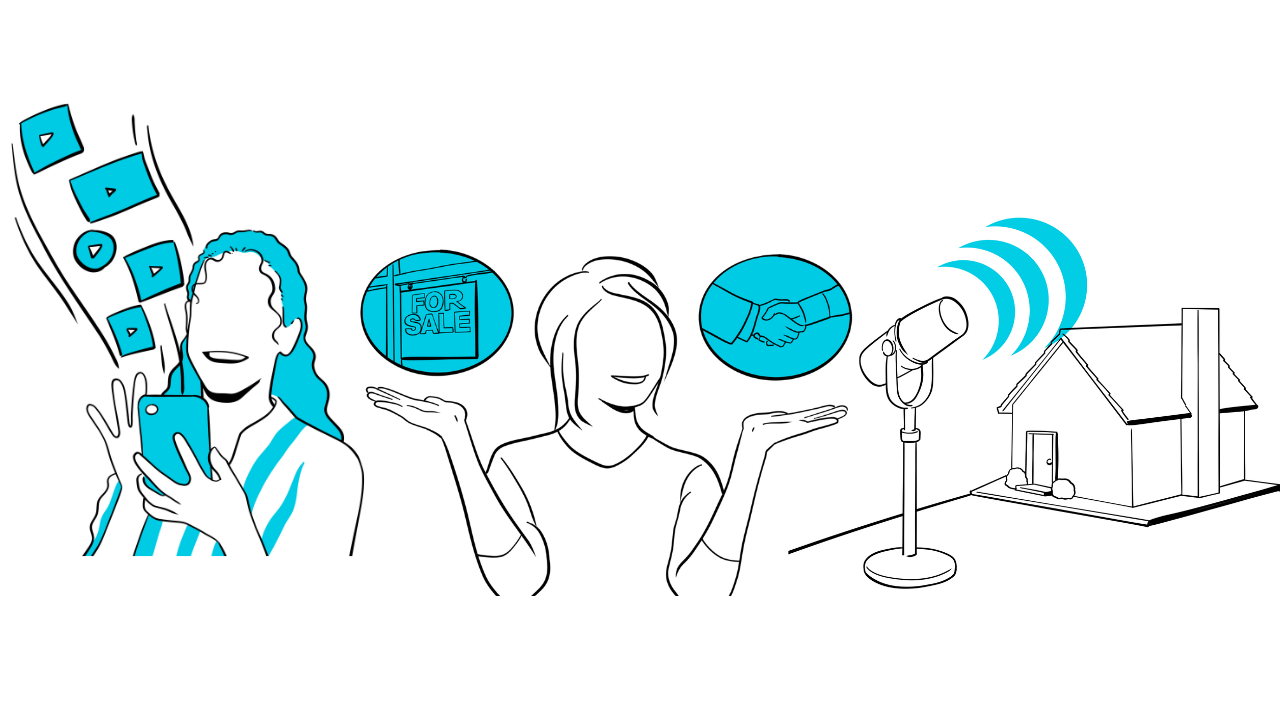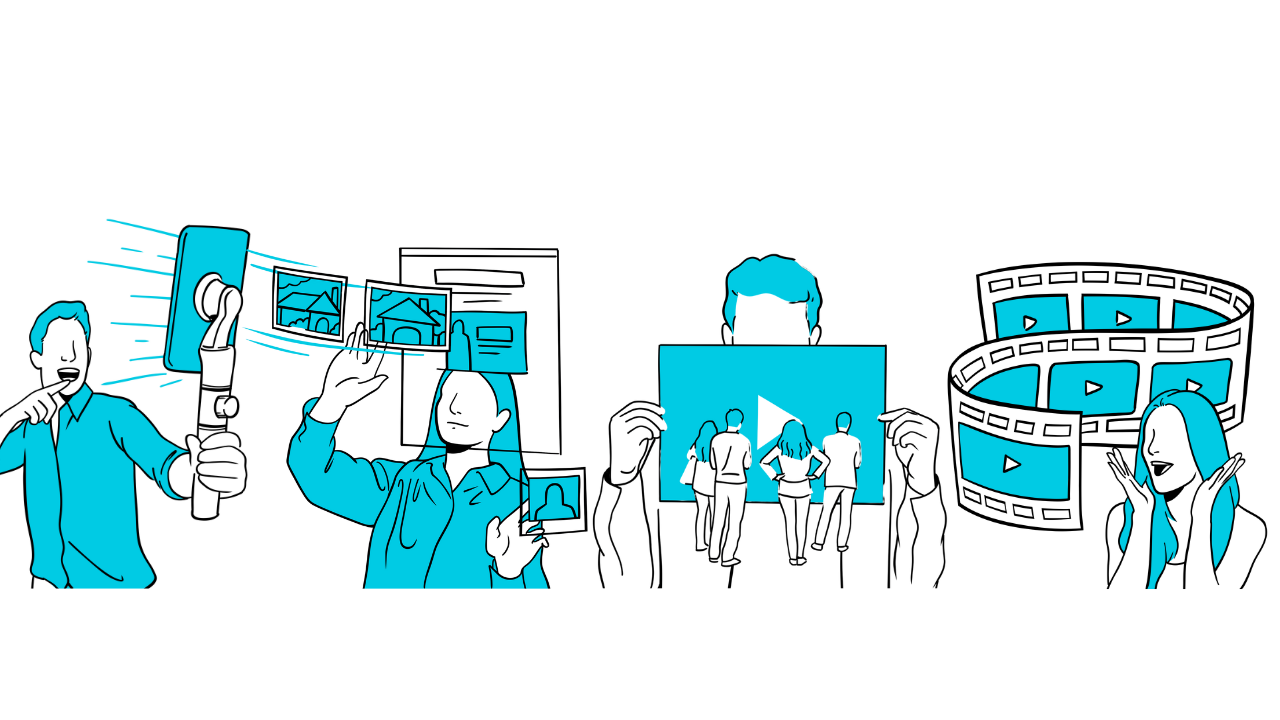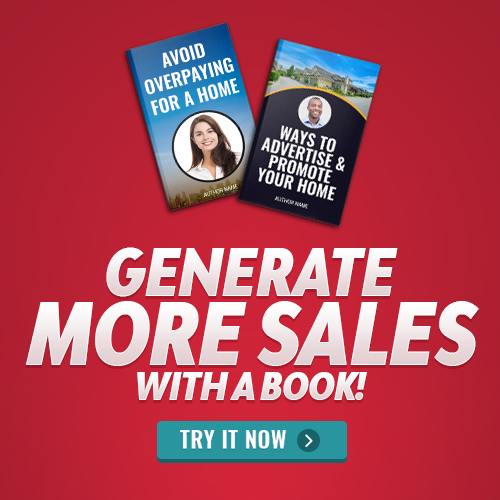Creating consistent, high-quality content can feel overwhelming, especially when balancing the demands of running a business. But what if you could generate an entire month’s worth of content in just 90 minutes?
It’s not about complicated systems or fancy equipment. It’s about embracing a smarter, more sustainable way to connect with your audience—one conversation at a time.
If you're ready to simplify your content strategy and maximize your time, here's the full breakdown: from preparation to daily posting.
Step 1: Prepare the Conversation

Before you hit record, some prep work will go a long way. Choose a conversation topic that aligns with your brand and resonates with your audience. Use online tools to research what people are searching for in your niche. Then, invite a guest who has insights or a story that fits the theme, they can be local professionals, satisfied clients, or subject matter experts.
Draft a few guiding questions, and decide on a video conferencing tool (like Zoom, Google Meet, or Riverside.fm) to record the session. Be sure to get your guest’s permission to repurpose the footage.
Step 2: Record the Interview

Keep the tone relaxed and conversational. Start with a few light questions to break the ice and let the rest flow naturally. Don’t worry about perfect delivery — the magic lies in authenticity. Aim for a 20–30 minute conversation, but even 10–15 minutes of solid insights can be gold for repurposing.
Step 3: Edit & Repurpose

Once recorded, you can pull a surprising amount of content from one conversation:
- Short video clips for Reels, TikTok, or YouTube Shorts
- Quote graphics featuring standout soundbites
- Carousel posts with tips or takeaways
- Blog articles (using transcription tools like Rev.com)
- Twitter/X threads, story polls, and engagement posts
- Behind-the-scenes content and reflective insights
Use editing tools like CapCut or Opus Clip to quickly generate polished, branded content in multiple formats.
Step 4: Follow the 30-Day Content Calendar

With your content assets in hand, plug them into this 30-day posting structure to create a storyline your audience can follow. Here’s a preview of the schedule:
Week 1: Build Anticipation & Introduce the Topic
- Announce the upcoming series
- Ask your audience what they’re curious about
- Share a sneak peek clip and key insight
Week 2: Go Deeper with Repurposed Content
- Publish a blog or long-form post
- Share short clips with captions
- Highlight a fun or surprising moment
Week 3: Drive Engagement & Share Behind-the-Scenes
- Go live with a Q&A
- Post user testimonials or feedback
- Reflect on lessons learned
Week 4: Wrap Up & Invite Conversation

- Share bonus clips or myth-busting posts
- Invite stories and reactions from your audience
- Tease next month’s content or host a giveaway
This schedule isn’t just about staying consistent — it’s about building a narrative. Each post deepens your audience’s engagement, moving them from passive viewers to active participants in the conversation.
Final Tip: Keep the Conversation Going
Social media works best when it’s social. Don’t just post and ghost. Reply to comments, follow up on questions, and use your content as a launching pad for future collaborations and ideas. The more you engage, the more trust you build — and the easier it becomes to maintain momentum.
With a bit of planning and a single recorded conversation, you can create a full month of content that feels cohesive, consistent, and true to your voice. Use this strategy to position yourself as a trusted voice in your space — and to connect with your audience in meaningful, authentic ways.
If you’ve been stuck on what to post, this is your sign: hit record, start the conversation, and let the content unfold.
Results in Action
Let's hear from some of our members about their success bringing the books on listing presentations.
Mark Slade
Mark was already a successful agent, but in one year, he doubled his close rate using books.
“The percentage of listings that I now get when I go on these appointments is up to about 90 percent, when it had been trending at about 45 percent a year ago. The book is an amazing tool to use.”
He called the book his “secret sauce” — the added component that helped him differentiate himself from a crowded field of real estate agents. A former brand manager, Mark understands that the books are an important component in an integrated marketing program.
“Brand management isn’t about one thing. It’s about total reinforcement. It’s the total package. It’s the total marketing effort, and so to me, the book is what seals the deal.”
He’s been using the book as the final piece in his pre-listing package.
“When I meet with my potential listing clients and I show them all the stuff I do to market their home, I throw in that we have a book as well that shows you how we list homes and sell them for more money.”
When you give someone a book, you leave it up to them whether they actually want to read it, but it fortifies the position that you’re not the same as every other Realtor.
“I’m a Realtor that now looks like I’ve written books on the ability to sell homes for more money — or the most money. Fortified by all the things I do when I’m marketing a home, I think it’s a one-two knockout punch.”
Tom Rineberg
When Tom Rineberg met with the sellers of a $300,000 listing, they told him they would be interviewing two other agents.
He handed the couple a packet of information that included a copy of his book.
“And when I handed them the packet, the husband and wife kind of looked at each other, and I knew the other agents hadn't given them anything like that.”
When he followed up a week later, the couple was still on the fence. Ultimately, they called him back and told him they wanted to hire him over the other agents.
“I asked him why, and part of the reason was no other agents had given them the material. And what I felt that was referencing was the book.”
Weyland Betha
Member Weyland Betha has been using the listing presentation included in his membership.
“I liked the pre-listing package and the listing presentation. Your listing presentation is far above and beyond any other listing presentation I've ever done because it actually shows value to the clients and that you're actually on their side,” he says. “A lot of agents will come in and say, ‘Hey, I'm on your side.’ And then they'll try and differentiate a price from what the sellers have. But this listing presentation shows how to bring the house up to value to get what they want. And that's huge.”
.png?width=700&name=cover%20(2).png)







.png)